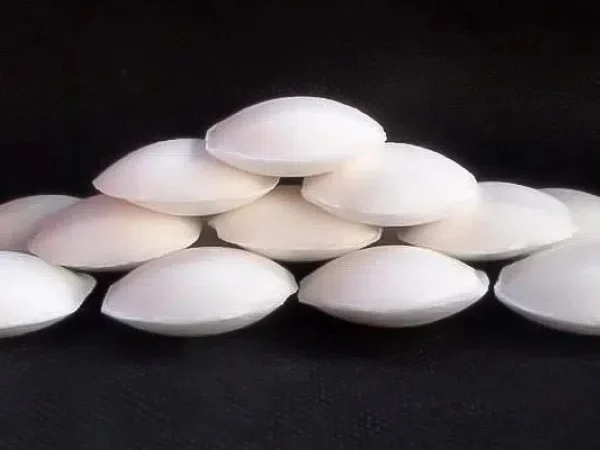
Introduction
Sodium cyanide (NaCN) is a highly toxic and dangerous chemical widely used in industries such as mining, electroplating, and chemical synthesis. Due to its extreme toxicity and potential for serious harm to human health and the environment, strict Safety operation procedures and effective Emergency response plans are of utmost importance when handling this substance. This article aims to provide a comprehensive overview of the safety operation procedures and emergency response measures related to Sodium cyanide.
Properties of Sodium Cyanide
Sodium cyanide is a white crystalline solid with a faint almond - like odor. It is highly soluble in water and forms a strongly alkaline solution. It is extremely toxic, and even a small amount can be lethal if ingested, inhaled, or absorbed through the skin. The mechanism of its toxicity is
elated to its ability to inhibit the function of cytochrome oxidase in cells, thereby disrupting cellular respiration and leading to rapid poisoning symptoms.
Safety Operation Procedures
Storage
Location selection: Sodium cyanide should be stored in a dedicated, well - ventilated storage area that is separate from other chemicals, especially acids. The storage area should be located in a low - traffic area and away from sources of ignition, heat, and moisture.
Container requirements: It must be stored in tightly sealed, corrosion - resistant containers made of materials such as high - density polyethylene or steel with appropriate coatings. The containers should be clearly labeled with the chemical name, hazard warnings, and handling instructions.
Inventory management: Keep an accurate inventory of the amount of Sodium Cyanide in storage. Regularly check the containers for signs of leakage, corrosion, or damage.
Handling
Personal protective equipment (PPE): Workers handling sodium cyanide must wear appropriate PPE, including fully - enclosed chemical - resistant suits, gloves made of materials such as butyl rubber or nitrile rubber, chemical - resistant safety goggles, and respiratory protection equipment. The respiratory protection should be a self - contained breathing apparatus (SCBA) for situations where there is a risk of inhalation of cyanide fumes or dust.
Handling techniques: When transferring sodium cyanide, use appropriate tools such as scoopers or funnels made of non - reactive materials. Avoid generating dust during handling, as airborne particles can be easily inhaled. Never use bare hands to touch the chemical. All operations should be carried out in a well - ventilated fume hood or in an area with effective local exhaust ventilation.
Spill prevention: Before starting any handling operation, ensure that the work area is equipped with spill control materials such as absorbent pads, sand, or neutralizing agents. Have a spill containment plan in place and know the location of emergency eyewash stations and safety showers.
Transportation
Vehicle requirements: Sodium cyanide should be transported in vehicles that are designed and approved for the transportation of hazardous materials. The vehicles should be equipped with proper ventilation systems, spill containment devices, and safety markings.
Documentation: All transportation of sodium cyanide must be accompanied by detailed documentation, including the chemical name, quantity, origin, destination, and emergency contact information. The transportation route should be carefully planned to avoid densely populated areas and areas with sensitive environmental receptors.
Emergency Response Measures
In case of leakage or spill
Evacuation: Immediately evacuate all non - essential personnel from the area. Set up a perimeter around the spill area to prevent unauthorized entry.
Containment: Use spill control materials to contain the spread of the spilled sodium cyanide. Absorbent materials can be used to soak up liquid spills, while sand or other inert materials can be used to cover solid spills. Do not use water to wash away the spill, as this can cause the formation of hydrogen cyanide gas, which is extremely toxic.
Neutralization: For small spills, a neutralizing agent such as sodium hypochlorite can be used to convert the sodium cyanide into less toxic substances. However, this should only be done by trained personnel following proper safety procedures.
Clean - up: After neutralization, carefully clean up the spilled material and place it in appropriate, labeled containers for disposal. The clean - up area should be thoroughly decontaminated, and all PPE and tools used in the clean - up process should be properly cleaned and decontaminated.
In case of poisoning
First aid: If a person is suspected of being poisoned by sodium cyanide, immediately remove the victim from the contaminated area to fresh air. If the chemical has come into contact with the skin, remove contaminated clothing and rinse the skin with large amounts of water for at least 15 minutes. If the eyes are affected, rinse them with copious amounts of water for at least 15 minutes. Do not induce vomiting.
Medical treatment: Call emergency medical services immediately. The victim may require treatment with antidotes such as hydroxocobalamin or sodium nitrite/sodium thiosulfate. Prompt medical attention is crucial for the survival of the poisoned individual.
Fire involving sodium cyanide
Firefighting approach: Use dry chemical extinguishers, sand, or carbon dioxide extinguishers to fight fires involving sodium cyanide. Do not use water, as it can react with sodium cyanide to produce hydrogen cyanide gas. Firefighters must wear full PPE, including SCBA, and approach the fire from upwind.
Hazard assessment: Monitor the air for the presence of hydrogen cyanide gas during and after the fire. Evacuate nearby areas if the gas concentration exceeds safe levels. After the fire is extinguished, carefully assess the damage and clean up any residues in accordance with environmental regulations.
Training and Education
All personnel who may come into contact with sodium cyanide, including workers in production, storage, transportation, and emergency response teams, must receive regular training on the properties, safety operation procedures, and emergency response measures related to sodium cyanide. The training should include hands - on practice in handling spills, using PPE, and administering first aid. Records of training should be maintained to ensure compliance.
Conclusion
Sodium cyanide is a chemical that requires the highest level of caution and strict adherence to safety procedures. By following proper storage, handling, and transportation protocols, and having effective emergency response plans in place, the risks associated with sodium cyanide can be minimized. Regular training and education of personnel are essential to ensure a safe working environment and to protect both human health and the environment from the potential hazards of this highly toxic chemical.
- Random Content
- Hot content
- Hot review content
- Toxicity Assessment of Sodium Cyanide and Relevant Hazard Prevention Measures
- Reagent Grade/Industrial Grade Hydrochloric Acid min.31%
- Soda Ash Dense / Light 99.2% Sodium Carbonate Washing Soda
- Anionic/Cationic Polyacrylamide Flocculant PAM
- Polyethylene Glycol PEG - 2000/4000/6000/8000 alcohol ethoxylate surfactant
- Industrial grade sodium hexametaphosphate 68% SHMP
- Flexible Customer and Supplier Relations Specialist:Location: Laos
- 1Discounted Sodium Cyanide (CAS: 143-33-9) for Mining - High Quality & Competitive Pricing
- 2Sodium Cyanide 98% CAS 143-33-9 gold dressing agent Essential for Mining and Chemical Industries
- 3Sodium Cyanide 98%+ CAS 143-33-9
- 4Anhydrous Oxalic acid 99.6% Industrial Grade
- 5Oxalic acid for mining 99.6%
- 6Soda Ash Dense / Light 99.2% Sodium Carbonate Washing Soda
- 7Reagent Grade/Industrial Grade Hydrochloric Acid min.31%
- 1Sodium Cyanide 98% CAS 143-33-9 gold dressing agent Essential for Mining and Chemical Industries
- 2High Quality 99% Purity of Cyanuric chloride ISO 9001:2005 REACH Verified Producer
- 3 High-Quality Sodium Cyanide for Leaching
- 4Powdery emulsion explosive
- 5Industry Grade Electron grade 98% Sulfuric Acid H2SO4 Sulphuric Acid Battery Acid Industrial Sulfuric Acid
- 6Colloidal emulsion explosive
- 7sodium hydrosulfide 70% flakes used Mining Industry

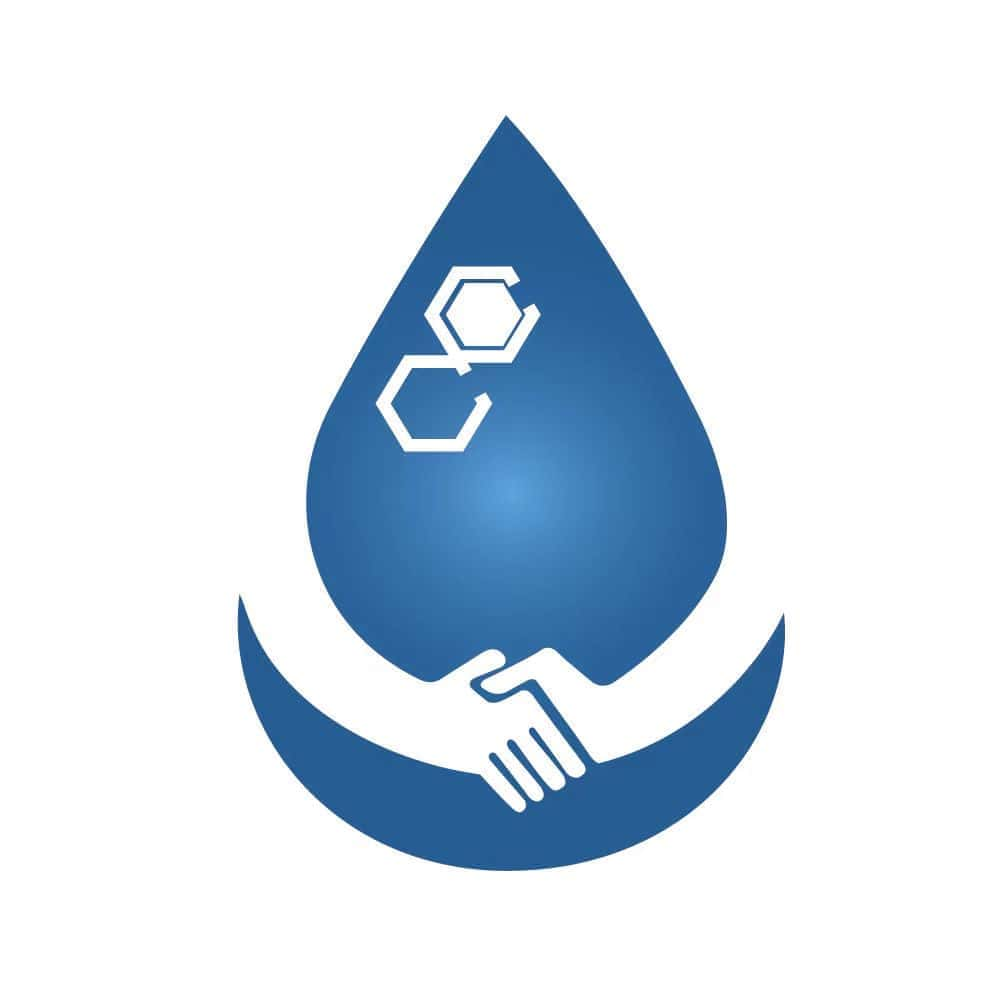
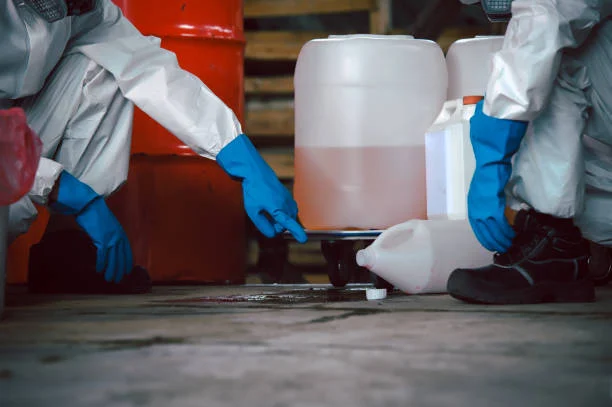
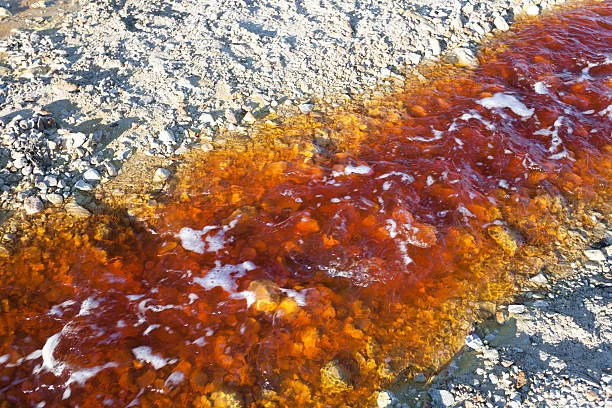

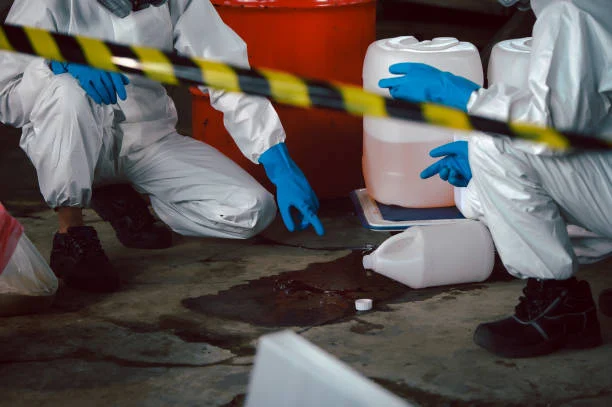

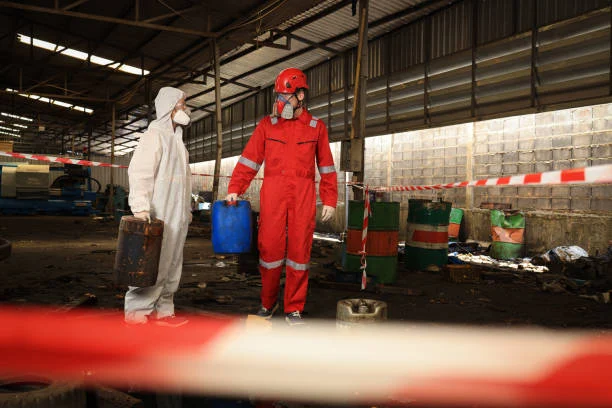

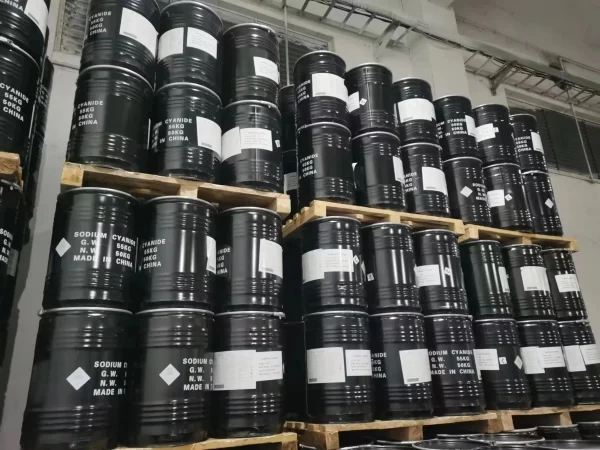


Online message consultation
Add comment: